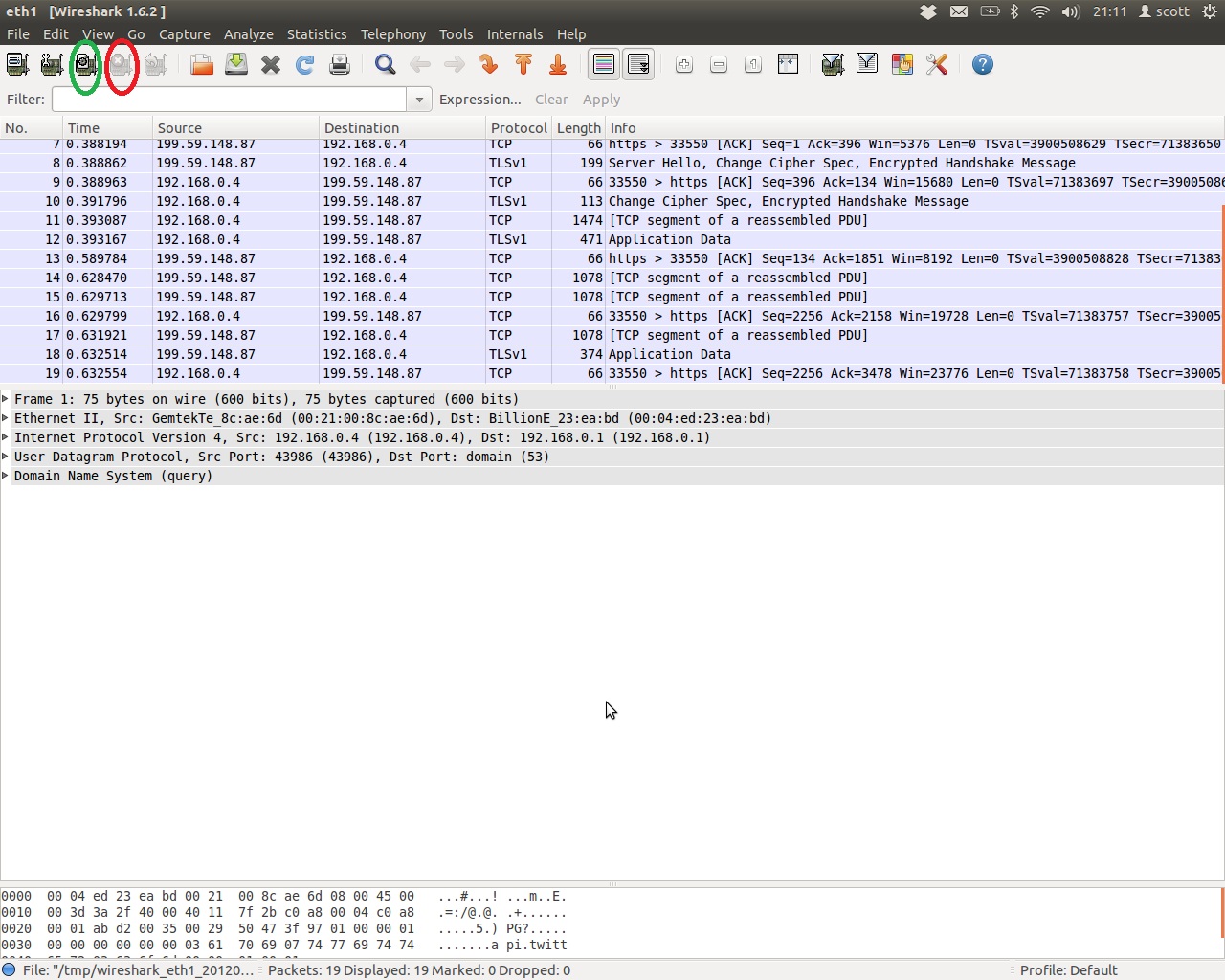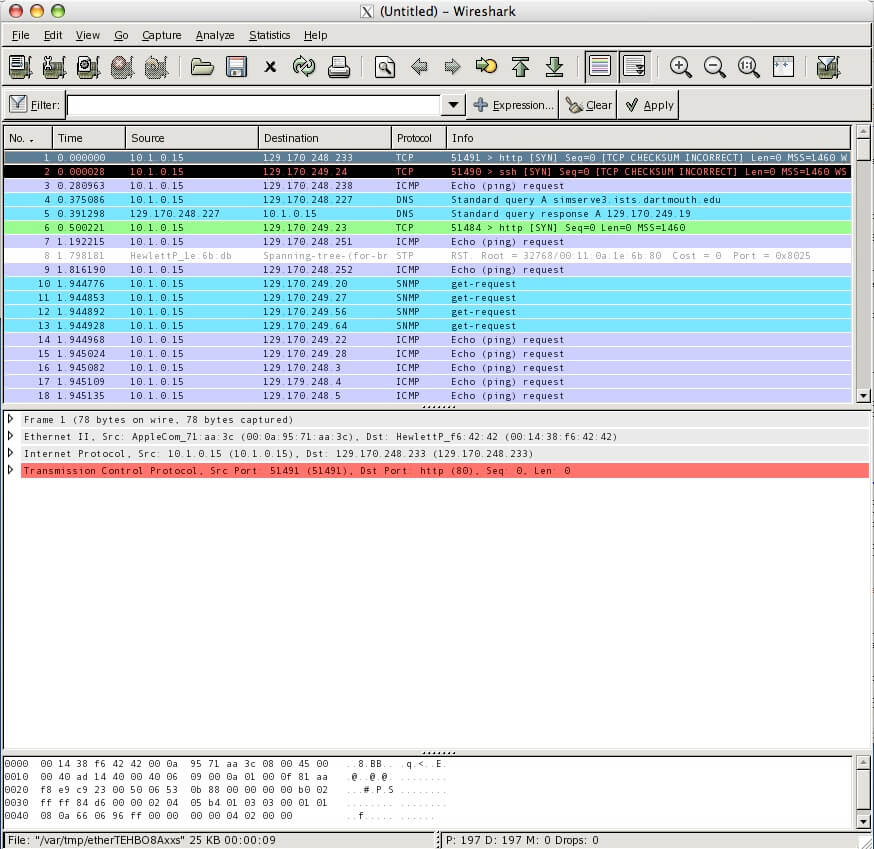

It can also provide feedback on any attachedĭevices that are currently relaying packets back to this host. Remote Virtual Interface Tool starts and stops a remote packet capture instanceįor any set of attached mobile devices. To check this run the command:Īnd if successful the output should like: Now I want to check that rvictl is installed on my Mac. This query lead to an interesting article on the Apple developer site and outlined the information above. Heading nowhere a few queries I searched: "Program" = "/Library/Apple/usr/libexec/rpmuxd"

Sudo launchctl load -w /System/Library/LaunchDaemons/ This message can indicate that the daemon is unloaded. If the daemon isn’t installed correctly you’ll see this:Ĭould not find service "" in domain for system If the daemon is installed correctly, you should see output like this: The following command should print information about the daemon: If rvictl fails with the message bootstrap_look_up(): 1102, make sure that the daemon is installed and loaded. Sudo /usr/sbin/installer -pkg /Applications/Xcode.app/Contents/Resources/Packages/MobileDeviceDevelopment.pkg -target / However, on my first run this was not the case. Starting device with interface rvi0įor many the above will resolve and receive the succeeded message. Xcode -> Window -> Devices and Simulators Apple Musicīefore entering your UUID in the next line, ensure that the code is lowercase. To do this you will first need to get the devices UDID.įind out your iPhone’s UUID through Xcode or Apple Music. Since the network communication between your iPhone and IoT hardware is not going through your Mac, to capture the traffic of an iPhone using tools like Wireshark on your Mac, you need to create a remote virtual interface (RVI) dedicated to your iPhone’s traffic on your Mac. But if you would like to capture the traffic of your iPhone, you have to do one more step. You can start capturing the traffic of any of the listed interfaces by double-clicking it now. Lo0 gif0 stf0 en0 en1 en2 bridge0 p2p0 awdl0 llw0 utun0 utun1 utun2 utun3 utun4 utun5 utun6 utun7 Once installed, open Wireshark and run the following command to check the existing interfaces: You can download Wireshark from its official website.

Let’s see how to start packet sniffing using Wireshark! I wanted to investigate the network layer, and to do so I use Wireshark to capture the network traffic between my iOS apps and IoT hardware.


 0 kommentar(er)
0 kommentar(er)
